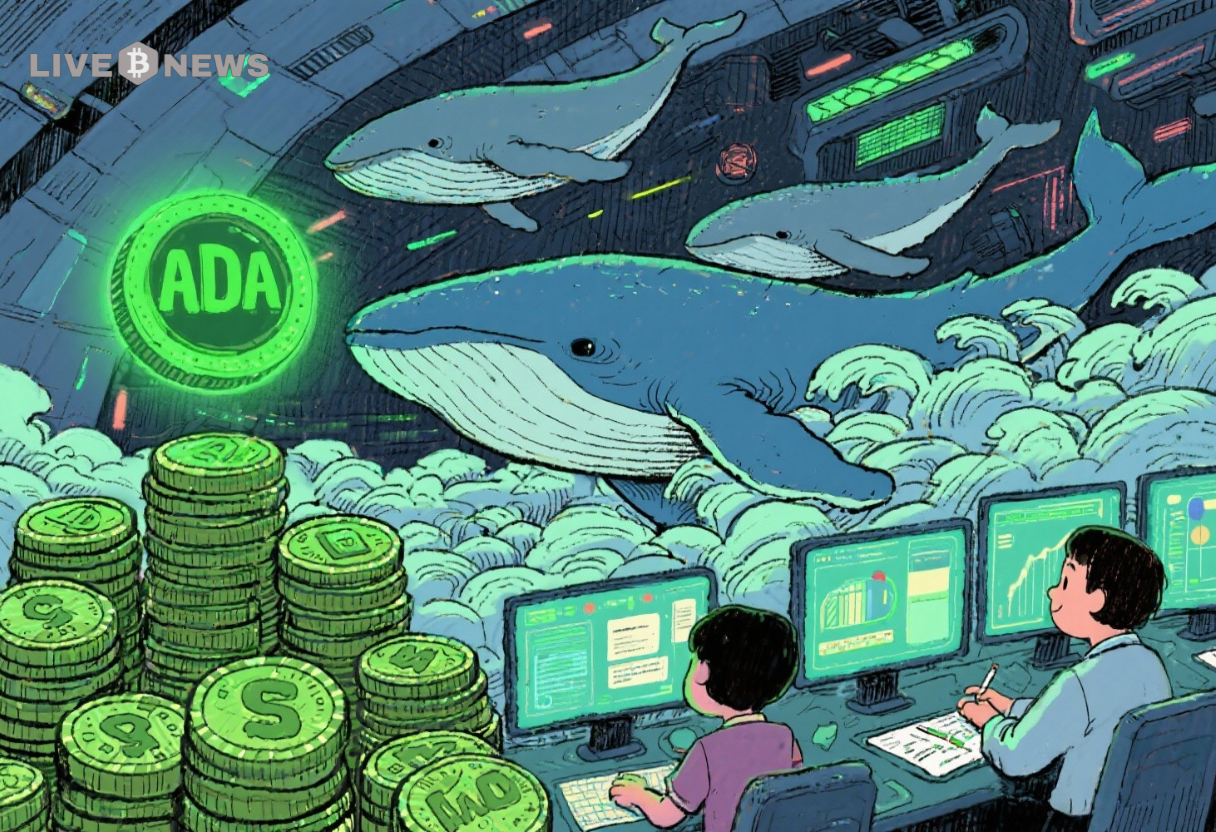Cardano's Chang Hard Fork Debut Bring On-Chain Governance Live | Live Bitcoin News
Cardano introduces the Chang hard fork, a step towards decentralized governance. The new governance system includes DReps and a tricameral layout to ensure balanced decision-making. The Cardano blockchain...

- Cardano introduces the Chang hard fork, a step towards decentralized governance.
- The new governance system includes DReps and a tricameral layout to ensure balanced decision-making.
The Cardano blockchain has taken an immense step toward decentralized governance with the release of the Chang hard fork. At 10:44 p.m. London time on Sunday, Cardano began handing control of its $13 billion blockchain to holders of its native ADA coin. This is the first stage of the blockchain’s shift to a fully decentralized governance architecture, with a second upgrade scheduled later this year to complete the process.
Milestones of Decentralization
Cardano CEO Frederik Gregaard emphasized the significance of this transition, stating that the community has long been convinced of the network’s promise of decentralization. “Every ADA holder can contribute to the ecosystem’s evolution,” Gregaard added, highlighting the community’s collaborative and innovative mentality.
The implementation of CIP-1694 brings a new community governance structure, including the development of three user-led governance bodies: the Constitutional Committee, Delegate Representatives (dReps), and Stake Pool Operators (SPOs). This modification essentially delegated power for triggering chain upgrades or “hard forks” from Cardano’s founding entities, Cardano Foundation, Input Output Global (IOHK), and Emurgo, to the newly formed governing committees.
With the Voltaire-era governance model, Cardano becomes the first major blockchain to establish a token-based governance system. While many in the community favor this change, decentralized governance has its own set of issues. Critics of similar systems, such as Decentralized Autonomous Organizations (DAOs), claim that they can suffer from excessive budgets, insufficient checks and balances, and dominance by a small group of powerful stakeholders.
Cardano’s new governance framework attempts to overcome these difficulties by adopting a tricameral system in which DReps, or community representatives, make decisions alongside two other legislative bodies. This structure is intended to ensure that all important stakeholders have a say in the governance process, hence ensuring a balance of power throughout the network.
This move demonstrates Cardano’s dedication to decentralization, with the goal of enhancing its role in the expanding blockchain ecosystem.
Delegate Your Voting Power to FEED DRep in Cardano Governance.
DRep ID: drep12ukt4ctzmtf6l5rj76cddgf3dvuy0lfz7uky08jfvgr9ugaapz4 | We are driven to register as a DRep by our deep dedication to the Cardano ecosystem and our aspiration to take an active role in its development, ensuring that its progress stays true to the principles of decentralization, security, and community empowerment.DELEGATE VOTING POWER!






